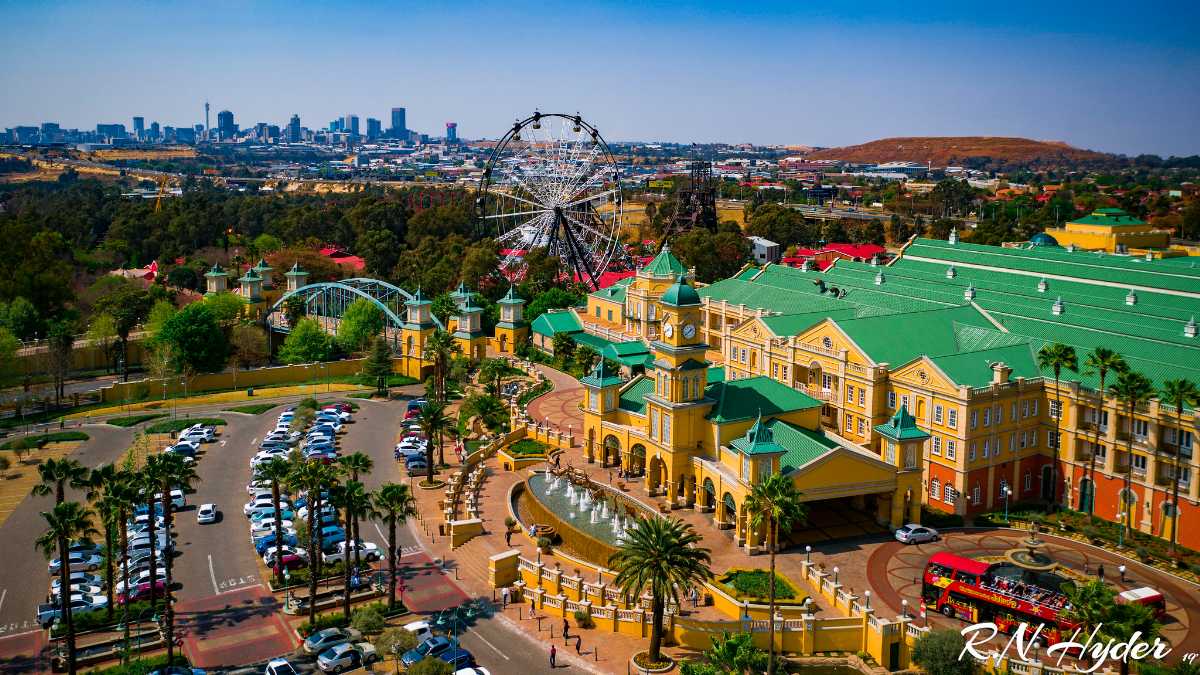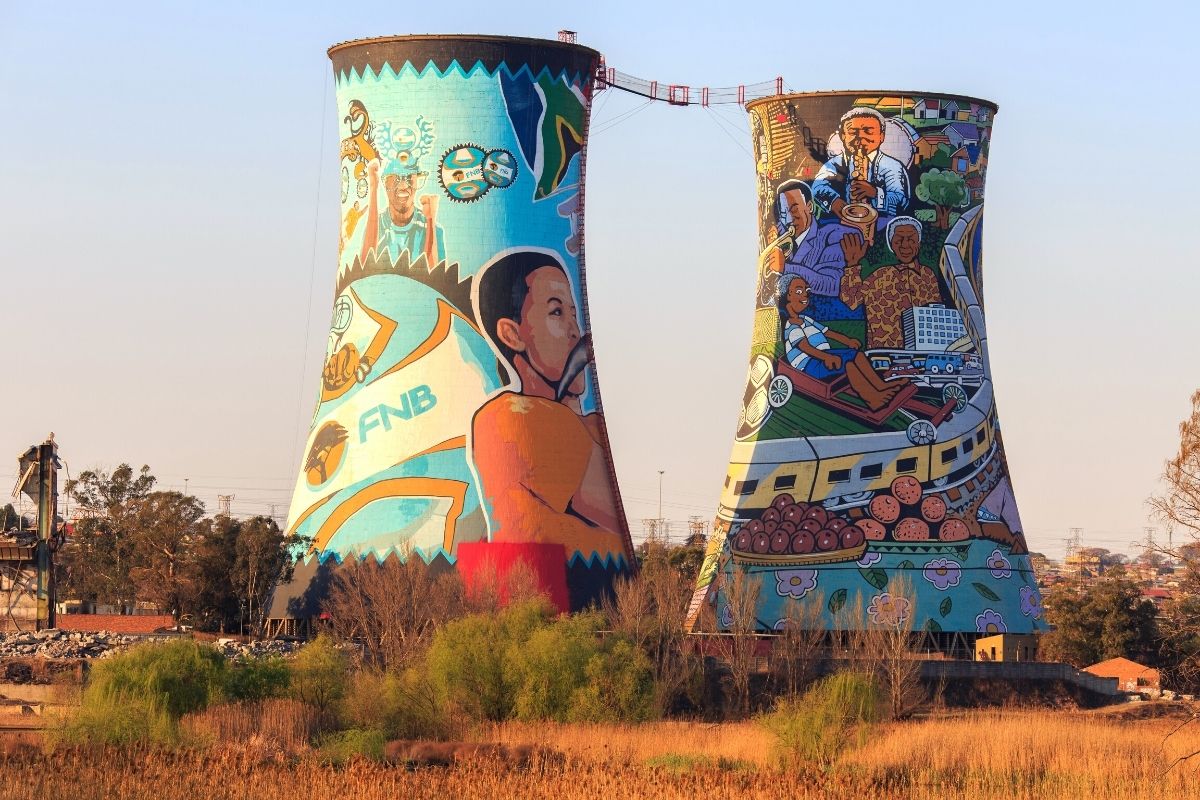What Does Johannesburg North Attractions Mean?
What Does Johannesburg North Attractions Mean?
Blog Article
Things about Johannesburg North Attractions
Table of Contents6 Easy Facts About Johannesburg North Attractions ExplainedThe smart Trick of Johannesburg North Attractions That Nobody is DiscussingThe Best Guide To Johannesburg North AttractionsFascination About Johannesburg North AttractionsThe Basic Principles Of Johannesburg North Attractions Getting The Johannesburg North Attractions To Work
The city expanded on the side of the Witwatersrand Key Coral reef, a below ground stratum of gold-bearing quartz-silica conglomerate that arcs for hundreds of miles below the Highveld - Johannesburg North attractions. Many of the gold mines in the city stopped operation in the 1970s, however in its day the Witwatersrand gold market accounted for even more than 40 percent of the globe's annual gold manufacturing.Johannesburg has a warm climate. Summer season temperature levels balance regarding 75 F (24 C); wintertime temperatures average about 55 F (13 C) and just sometimes dip below freezing. The city takes pleasure in about 8 hours of sunlight per day in both winter and summer. Rain averages regarding 28 inches (700 millimetres) per annum, but the total varies significantly from year to year.
What rain the city receives falls virtually solely in the summertime months, typically in amazing late-afternoon electrical storms., where many locals still depend on coal for gas.

What Does Johannesburg North Attractions Mean?
The equilibrium of the city is occupied by whites. Accommodation differs in personality and quality.
Physical development, although rather limited by transport, proceeded quickly as immigration to South Africa, and Johannesburg specifically, enhanced dramatically. This problem was resolved in the 1930s when the vehicle was introduced in mass manufacturing to South Africa. Automobiles were, essentially, restricted to the wealthy, and permitted them to transfer to the north of the city and commute right into the centre.
The majority of poor residential areas were combined, with bad blacks and whites living with each other, although the affluent suburbs were usually reserved for whites.
The estimated populace of the area is 200,000, [] The number of individuals living in the inner city on a casual basis is unknown, as many are illegal immigrants. Many higher-income residents and white individuals have actually transferred to the northern suburban areas and have been changed by lower-income black individuals. The unemployment, education and learning, and age accounts of the area are all unidentified, because of the difficulty of obtaining reliable details regarding the location.
Johannesburg North Attractions Can Be Fun For Everyone
Yeoville and Bellevue have a mix of house buildings and solitary residential devices on little great deals. The i thought about this region is situated on a hilly divide that runs from eastern to west. The most obvious geographical function is Observatory Ridge, which is named for the huge observatory situated on it. The leisure rooms are no more made use of, because of visit the site security problems.

Examine This Report on Johannesburg North Attractions
R. Tambo International Airport Terminal). The eastern suburbs are several of the earliest locations of Johannesburg, there are large areas of Jewish and various other European histories, most of the populace is English talking. There are 3 fairway in addition to a variety of safeguarded ridges with viewsites. There are numerous strong and up-market entertainment and buying areas in the east such as the Eastgate Mall and the Greenstone mall.
The area is mainly composed of old "matchbox" residences, or four-room homes developed by the government, that were built to offer economical accommodation for black employees during discrimination. Soweto is an acronym, representing "South Western Townships". Road after street in this field is lined with Full Report matchboxes; nevertheless, there are a few smaller sized locations where flourishing Sowetans have constructed homes that are much more comparable in stature with those in even more upscale suburbs.
Hostels are an additional prominent physical feature of Soweto. Originally built to house male migrant employees, many have been boosted as residences for pairs and family members. The N1 Western Bypass skirts the eastern limit of Soweto. The suburb was not historically allowed to produce employment centres within the area, so mostly all of its residents are commuters to other components of the city.
Johannesburg North Attractions Can Be Fun For Everyone
The residential locations in the north suburban areas are primarily formal, with no considerable locations of informal real estate, or housing that lacks a permanent framework. This is an established area, there is a pattern of land use modification from domestic to commercial, specifically along major arterial roads and around well established nodes.
Roads to the eastern and west are much less well established, as there are no freeways travelling in that instructions. Towards the north boundary of the city, the thickness of development reduces, leaving big locations of untaught land around Midrand.
Johannesburg North Attractions Can Be Fun For Everyone
, which is located on a hillside ignoring the inner city and Hillbrow.
Report this page